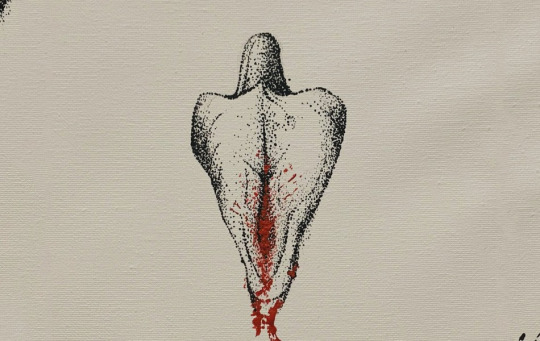Text
MENSTRUATION HISTORY

Menstruation, the regular discharge of blood and mucosal tissue from the inner lining of the uterus, has been a fundamental aspect of human biology and reproductive health throughout history. While the biological process itself remains constant, the social, cultural, and medical attitudes towards menstruation have varied significantly across different cultures and time periods. Here is an overview of how menstruation has been perceived and managed in history:
Ancient Cultures:
In many ancient cultures, menstruation was often associated with concepts of fertility and power. In some societies, menstruating women were even considered sacred due to their connection with the life-giving force of reproduction. For example, in ancient Egypt, menstrual blood was believed to have protective and healing properties.
Religious and Superstitious Beliefs:
Some societies held superstitious beliefs about menstruation. Women were often isolated or considered impure during their periods. In Hinduism, for instance, menstruating women were historically kept separate from others and considered ritually impure. Similar practices were found in various other cultures and religions.
Medical Understanding and Misunderstanding:
Throughout much of history, there was limited understanding of the biological processes involved in menstruation. Many societies attributed menstrual symptoms to mysterious causes, and various remedies and rituals were practiced to alleviate discomfort. It wasn't until more recent centuries that a more accurate understanding of the menstrual cycle emerged.
19th Century:
The 19th century marked a significant period of change in how menstruation was understood. Medical knowledge about the female reproductive system advanced, leading to the development of more accurate explanations for menstruation. However, the topic was still surrounded by taboos, and open discussions were uncommon.
20th Century:
Menstruation started to be viewed more openly as medical advancements continued. The invention and widespread use of disposable sanitary products, like tampons and pads, in the mid-20th century significantly transformed how menstruating individuals managed their periods. Menstrual hygiene became a focus, and education about menstruation started to become more common.
Feminist Movement :
In the latter half of the 20th century, feminist movements played a crucial role in destigmatizing menstruation. Activists advocated for open conversations about periods, challenging the shame and secrecy that had surrounded the topic for centuries. This led to greater awareness, improved menstrual education, and initiatives to make menstrual products more accessible.
Contemporary Attitudes:
Today, attitudes toward menstruation vary widely across cultures and regions. While many societies have made strides in normalizing conversations about periods and providing better menstrual education, there are still places where stigma and misinformation persist. Additionally, discussions around menstrual equity, access to affordable menstrual products, and the impact of menstruation on various aspects of life, such as education and work, continue to be important topics.
In conclusion, the history of menstruation reflects the complex interplay of cultural, religious, medical, and social factors. Over time, there has been a gradual shift from superstition and secrecy to greater understanding and acceptance, although challenges related to stigma and inequity still persist in various parts of the world.
#MenstruationMatters#PeriodPositive#PeriodPower#MenstrualHealth#PeriodAwareness#PeriodEducation#KnowYourFlow#PeriodProud#MenstrualHistory#PeriodCulture#PeriodStories#MenstrualRights#PeriodEquality#PeriodEmpowerment#PeriodPoetry#MenstrualMyths#PeriodFacts#HistoricalPeriods#MenstrualRevolution#PeriodArt
1 note
·
View note